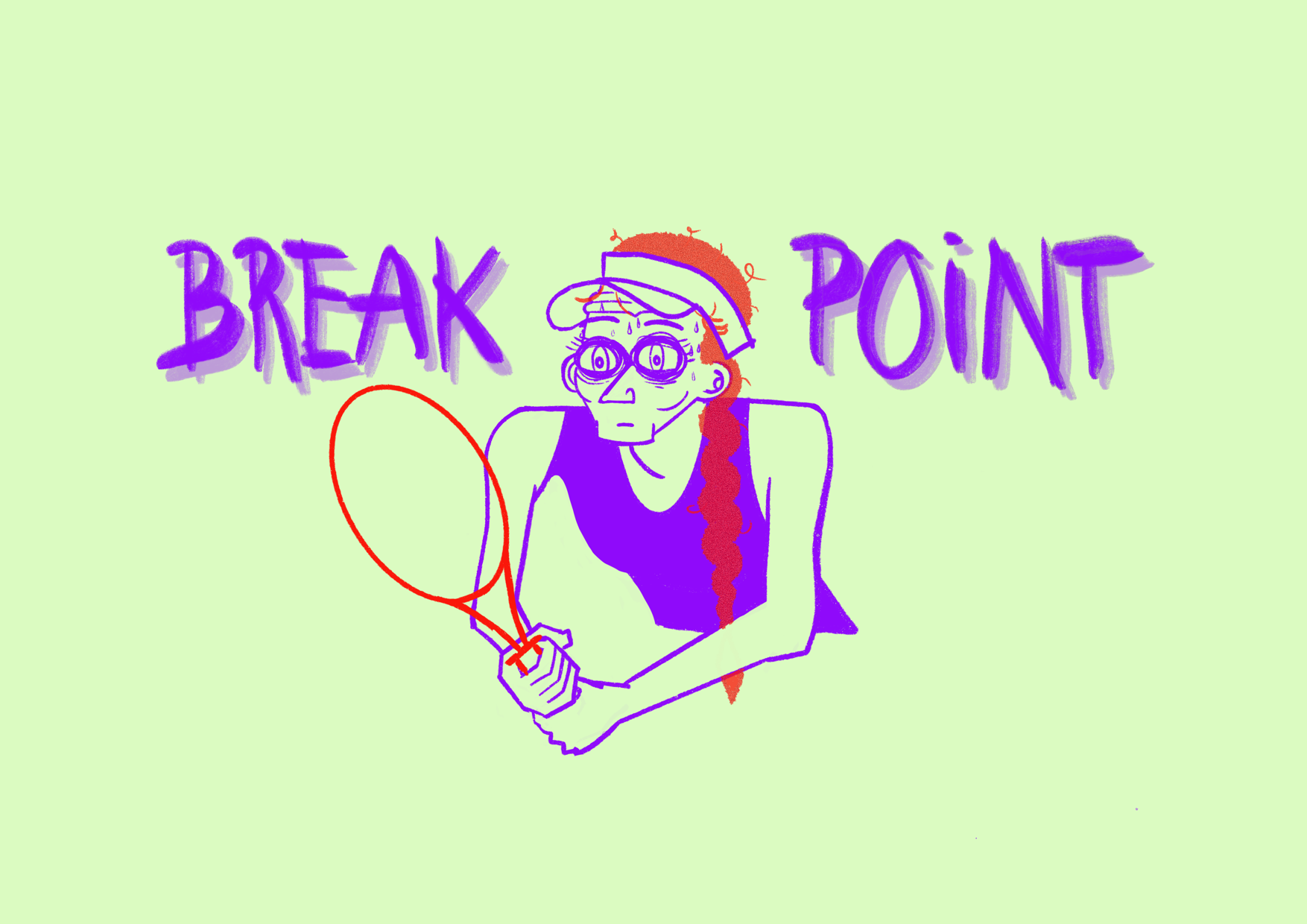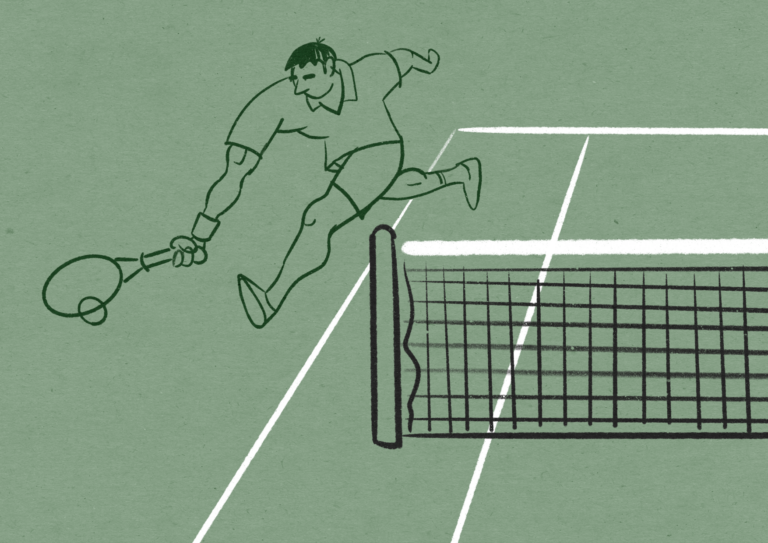Break Point in Tennis: What to Know When Serving and Returning
Since players alternate service during matches, this can create neck-and-neck scores. This is why when a player gets a “break”, or the opportunity to pull ahead, it is a big deal. A break in tennis is a term you may have heard a commentator say that you might not understand if you are new to the sport. At the most basic level, a “break” for a player refers to the receiving player winning their opponent’s service game.
Break Point Tennis Meaning
“Break point” is a decisive point where if the receiving player wins it, they steal the opponent’s serve and win the game. Since it is such an advantage to be the one serving in tennis, this is a big opportunity within a set and match. As a player you don’t get many opportunities to turn the tide in your favor so break points are decisive moments that require calm, focus, and planning.
Why Are Break Points Important in Tennis?
The biggest three reasons break points are so important in a match is the momentum shift, psychological advantage, and player development.
Momentum Shift
Break points indicate a big momentum shift in a tennis match. Like many aspects of tennis, this means different things for different levels of players. For a beginner, a break point may represent a moment for you to overcome a shaky service game and hold your serve. For an advanced player, it may be the final set and you’ve finally produced a chance to win a game off a big server.
If it is early in a service game where you are able to hold onto or break on a break point, it can set a player up for the whole set. On the other hand, you can be feeling confident the whole set and one single point can cause it to come crashing down. These are the moments in a match where you either seize the opportunity or fail to rise to the occasion. It may sound intense but there are a reason break points are seen as moments that define a player.
Psychological Advantage
Similar to shifting momentum, breakpoints can be psychological advantages that can help past just that game or set. In tennis, the server typically holds the upper hand. They dictate the “rules of the game” for that point and get to set everything in motion. So especially for the returner, a won break point can act as a needed boost. It shows the receiver that they maybe can be confident even when their opponent should have an advantage. So if the situation arises again, the returner will know it’s a hurdle they can overcome while the server may be doubting themselves.

For the server, it could also be an opportunity to frustrate your opponent. If they perceive you as a weak server, but you keep knocking them back on break points during your service game, it can sew doubt. They may start to get in their own head as to why they can’t capitalize when it matters most. If you stay resolute throughout the match during these pressure points, it will be a massive psychological advantage.
Player Development
You always want to be developing and growing as a tennis player. For the server, if they are constantly faced with breakpoints and at risk of losing their service, this can be an important indicator of their shortcomings. If the server is able to dominate other games and play significantly better when they’re not serving, this could indicate that the server needs to work on improving their first and second serves.
On the flip side, consistent break points could also mean that the receiver really has some technical prowess. Returning serves is a honed skill–in tennis practice, sometimes this is forgotten, because the bulk of practice is focused on stroke formation, volleys, and serves. If the receiver is able to return enough serves consistently and with strength, this is an indicator of a highly-developed player. So actually practicing these pressure moments, and developing the skills required, will make you feel more comfortable when they come up in a match.
Break Points When Serving
Break points when serving can be challenging and disappointing for the server. How should you strategize as a server if you’re one point away from losing the game? First, breathe. Take your time with your serve. For many servers, being in this position can get them down and make them rush through their serve. If you want to have your best shot at getting the point back as a server, you have to slow it down. Take your time with your toss. Re-do it if it isn’t solid. Consistency during these points are key. If you get your first serve in, you have a high chance of winning this point. If you don’t get your first serve in, focus on moving the returning player around or hitting straight into their body.
Break Points When Returning
If you’re the receiving player during a break point, this can be super exciting and make you feel like you’re about to shift the momentum for the match. How should you play this point? Be aggressive, but smart. Your opponent may be playing cautiously and nervously to avoid losing their serve. A pro-tip for break points as a receiver is to come into the net and put pressure on the server. Overall, get the first ball back in play strongly and play with confidence. These chances don’t come around often so you don’t want to while after doing so well to get to a break point.
Break Point vs Game Point
If a breakpoint is when the server is about to lose their serve, isn’t this a game point? Is any game point for the server a break point? Well… not exactly. All break points are game points, because the game is one point away from being won. However, not all game points are break points. Remember, a break point only can occur when the server is down and about to lose the game. A game point occurs anytime that the score is in advantage of one player, whether the score be ad-out, 30-40, 15-40, or love-40.



